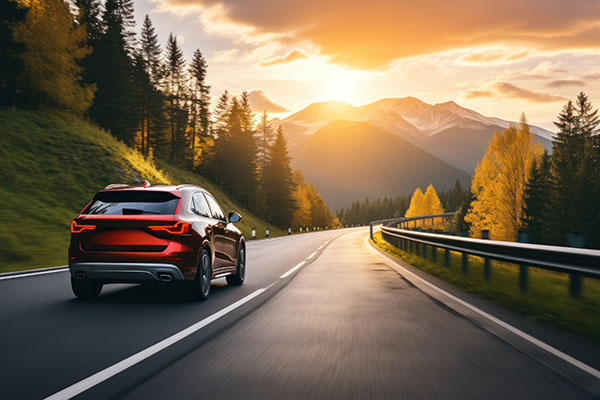
Picture yourself navigating a tight corner on a rain-soaked road, your hands gripping the wheel as you maneuver with precision. It's moments like these when the essence of your car's soul, the drive system, really shines through. But what exactly sets front-wheel drive (FWD) apart from rear-wheel drive (RWD) vehicles? And more importantly, how does it affect your driving experience?
The FWD Advantages
Front-wheel drive cars have their engine power directed to the front wheels. This layout offers distinct advantages, especially in adverse weather conditions. With the weight of the engine over the driven wheels, FWD cars typically deliver better traction when pulling away on slippery surfaces. This setup also tends to provide better fuel efficiency due to its simpler and lighter design.
FWD vehicles are known for their ease of handling for everyday drivers. They inherently understeer when pushed beyond their limits—an arguably safer trait for non-performance-oriented drivers, as it's more intuitive to correct than oversteer.
The RWD Advantages
On the flip side, rear-wheel drive sends its gusto to—you guessed it—the rear wheels. This configuration is often associated with sports cars and luxury sedans for several compelling reasons. With RWD, there's a better balance between the front and rear axles, which can result in improved handling dynamics—especially at higher speeds or during spirited driving sessions.
Additionally, RWD cars offer a more traditional driving feel with sharper turn-in response and the ability to manage oversteer—a trait that driving enthusiasts often seek out for its thrill factor and skill requirement.
Weight Distribution
One crucial aspect separating FWD and RWD is weight distribution—a key player in vehicle dynamics. Rear-wheel-drive cars often boast an ideal 50/50 weight distribution between the front and back end of the car, which aids in balanced handling. In contrast, front-wheel-drive vehicles might have a heavier front end that could potentially lead to understeer during high-speed maneuvers.
Driving Dynamics
Each system imparts unique characteristics to your driving experience. When accelerating in an FWD vehicle, weight shifts to the rear, reducing traction on the front-driven wheels; this can result in torque steer or a slight tug at the steering wheel under hard acceleration.
Conversely, as you hit the gas pedal in an RWD car, weight presses down on the rear wheels enhancing grip—and fun—as you accelerate out of corners with confidence.
Final Thoughts on Traction Traditions
Ultimately, choosing between FWD and RWD hinges on personal preference alongside considerations such as climate conditions where you live or drive frequently (think snow-laden cities versus sunny coastal roads), desired handling characteristics (do you relish stability or savor sliding?), and day-to-day functionality (are cost-effectiveness and space efficiency priorities?).
When it comes to FWD, RWD, and AWD vehicles, we work on all of them! Loyola Marina Auto Care is here to give your ride the care it deserves, so don't hesitate to give us a call!